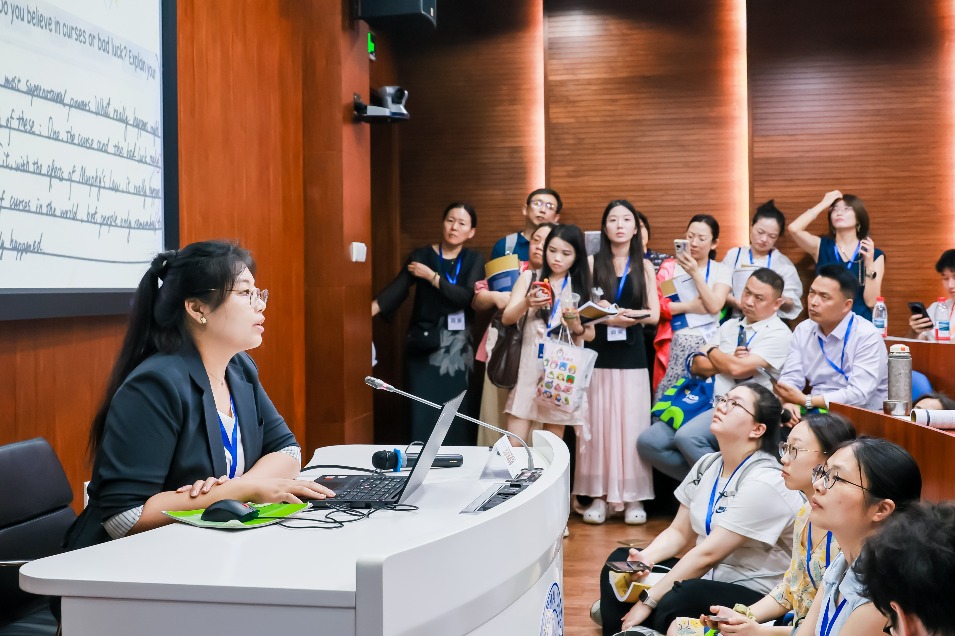Megaquake alert leaves Japanese distressed

TOKYO — Japan, one of the most earthquake-prone countries on Earth, issued its first-ever "megaquake advisory" last week after a powerful quake struck off the southeastern coast of the southern main island of Kyushu.
The magnitude-7.1 quake caused no deaths or severe damage, but the advisory has led to widespread confusion and a lingering sense of worry — in a country well accustomed to regular quakes — about when the next big one will hit.
Hoteliers said the alert has prompted thousands of hotel cancellations in areas flagged as high-risk, dealing businesses a heavy blow in what would have been one of the busiest seasons.
The advisory does not mean a colossal tremor is imminent, but that the risk of such an event has now been elevated, if still low, authorities said.
Subject to the warning is the so-called Nankai Trough, an 800-kilometer undersea zone that runs from Shizuoka, west of Tokyo, to the southern tip of Kyushu. The last Nankai Trough quake off Shikoku in 1946 recorded a preliminary magnitude of 8.0 and killed more than 1,300 people.
In western Kochi, among the regions projected to be hit hardest, at least 9,400 people have canceled their hotel bookings since the alert was issued, according to a local hotel union.
The cancellations covering the period Aug 9 to 18 amount to a loss of about 140 million yen ($950,000) in revenue, union representative Susumu Nishitani told Agence France-Presse.
The warning coincided with Japan's Obon holiday week, a time for festivals and fireworks across the country.
"Normally all hotels and inns in our city would be fully booked at this time of the year," Nishitani said.
The megaquake advisory is set to be lifted on Thursday if no abnormalities in seismic activity are detected, local media reported.
Nuclear water leakage
On March 11, 2011, Japan was struck by a magnitude-9.0 earthquake and an ensuing tsunami.
As a result, the Fukushima Daiichi Nuclear Power Plant suffered core meltdowns that released radiation, resulting in a level 7 nuclear accident.
The plant has been generating massive amounts of water tainted with radioactive substances from cooling down nuclear fuel in reactor buildings. Despite opposition at home and abroad, the ocean discharge of the nuclear-contaminated water began a year ago, and the eighth round started last week.
The plant's operator, Tokyo Electric Power Company, said on Tuesday that about 25 metric tons of radioactive water have leaked within the crippled plant.
The leaked water was meant to be contained in a tank receiving overflow from the spent nuclear fuel pool, the company said.
Accumulating on the first basement level of the reactor building, the leaked water led to a rise in the level of contaminated water already present in the area, it said, confirming that the contaminated water had not escaped outside the reactor building.
Agencies - Xinhua
Today's Top News
- China and US agree to push for extension of tariff pause after Stockholm negotiations
- US, China trade talks candid, in-depth, constructive, says China intl trade representative
- China unveils delegation for Chengdu World Games
- Xi urges youths to champion vision of peace
- All-out relief efforts underway in flood-hit regions
- Crucial to foster stable China-ROK ties






























